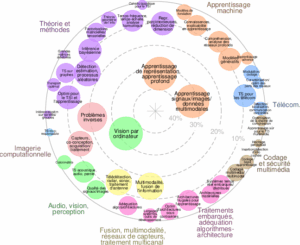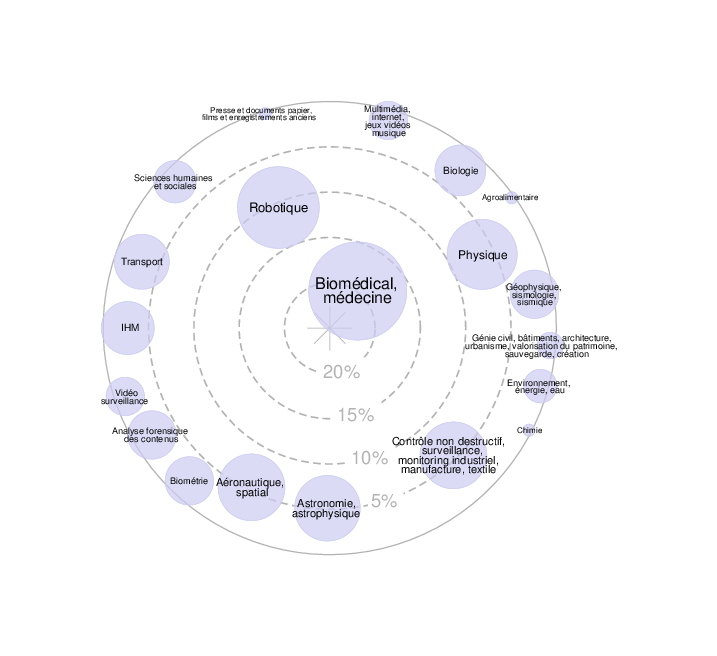Mission
Space missions have always recorded electromagnetic signals, from infrared light to gamma rays. Expected to launch in 2037, ESA’s large-class mission LISA (Laser Interferometer Space Antenna) will survey gravitational wave signals from space. As the world’s first in-orbit instrument to probe space-time itself, this is one of the most ambitious science missions ever. LISA promises a wealth of new science, allowing us to test our understanding of general relativity and to open a new window for astrophysics and cosmology. The data analysis for this mission will have to disentangle superposed signals from a variety of astrophysical sources, as well as modeling the instrumental noise. This Global Fit is to be tackled in a Bayesian inference framework. The computational challenge will be massive, expected to be about an order of magnitude heavier than the data processing of the recent ESA mission Euclid, in optimistic scenarios. As a consequence, the scientific community is looking for technological and algorithmic breakthroughs, e.g. relying on GPUs, sparsity-based modeling or artificial intelligence.
LISA is expected to detect several kinds of gravitational wave sources, such as white dwarf, neutron star or black hole binaries orbiting in very different configurations. White dwarf binaries in our galaxy (known as galactic binaries, GBs) should be the most numerous sources and have relatively simple signals (quasi-monochromatic); massive black hole binary mergers (MBHBs) will provide a handful of very loud coalescence signals, while extreme mass ratio inspirals (EMRIs) are the most complex and come with a huge uncertainty on the number of occurrences over LISA’s lifetime. In fact, little is known on EMRIs’ analysis, and they could just as easily be negligible or dominate the Global Fit. Certainly, LISA’s data stream will be a continuous superimposition of these many signals together with instrumental noise. The inference of the parameters of each source will require source separation, complicating the estimation of their posterior distributions which is already challenging for isolated gravitational events. When separation is not possible (most notably for GBs), the number of superimposed sources becomes an unknown and the signals themselves form a confusion background comparable to noise; trans-dimensional analysis is then required, which yields additional complexity.
To tackle the challenge of the Global Fit, the currently envisioned approach relies on a Markov chain Monte Carlo (MCMC) strategy, with block Gibbs sampling across the classes of sources (and the noise level) to reduce the complexity. Even using this trick, existing pipeline prototypes are computationally expensive and scale badly. In addition to the computational complexity of the MCMC itself, convergence is hindered by the difficulty of initializing the GlobalFit efficiently, and that of modeling effectively the noise and stochastic background signal. One way to radically speed up computation and lower resource consumption is to find shortcuts in the algorithms. Various machine learning (ML) approaches recently showed promising results for greatly accelerating the Global Fit, such as likelihood-free inference, which bypasses the likelihood computation completely, or surrogate-based source search, which rely on extremely fast approximate models to separate sources and initialize the GlobalFit close to the solution. The proposed PostDoc project aims at developing and benchmarking ML methods to boost the Global Fit convergence.
Profil
PhD on gravitational waves and/or machine learning.
Localisation
CNES, Toulouse.
Application
Your application must include
– a recommendation letter from your Ph.D. supervisor
– a detailed CV including university education and work experience
– a list of publications
– a 2-page description of the work undertaken during the course of your PhD.
For more Information, contact Antoine Basset (antoine.basset@cnes.fr).
Submit the complete application online directly on the CNES website (link) before March 14th, 2025 Midnight Paris time.





